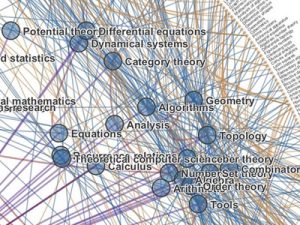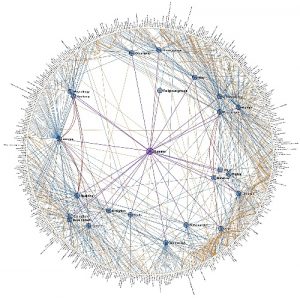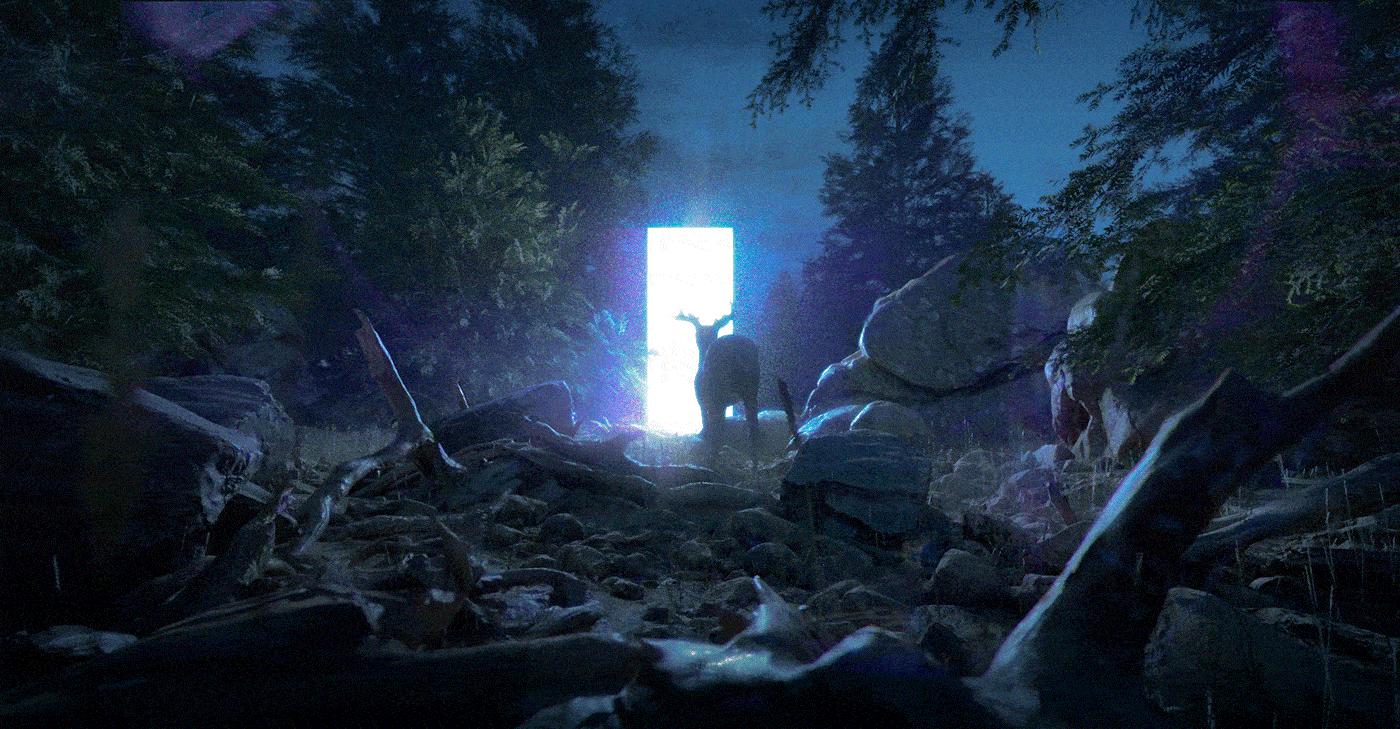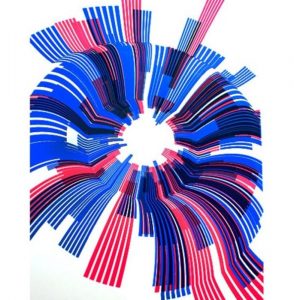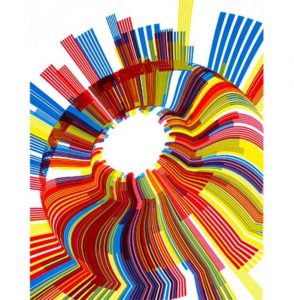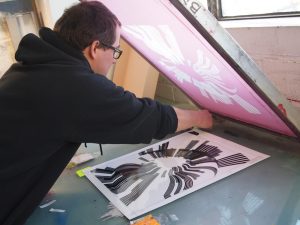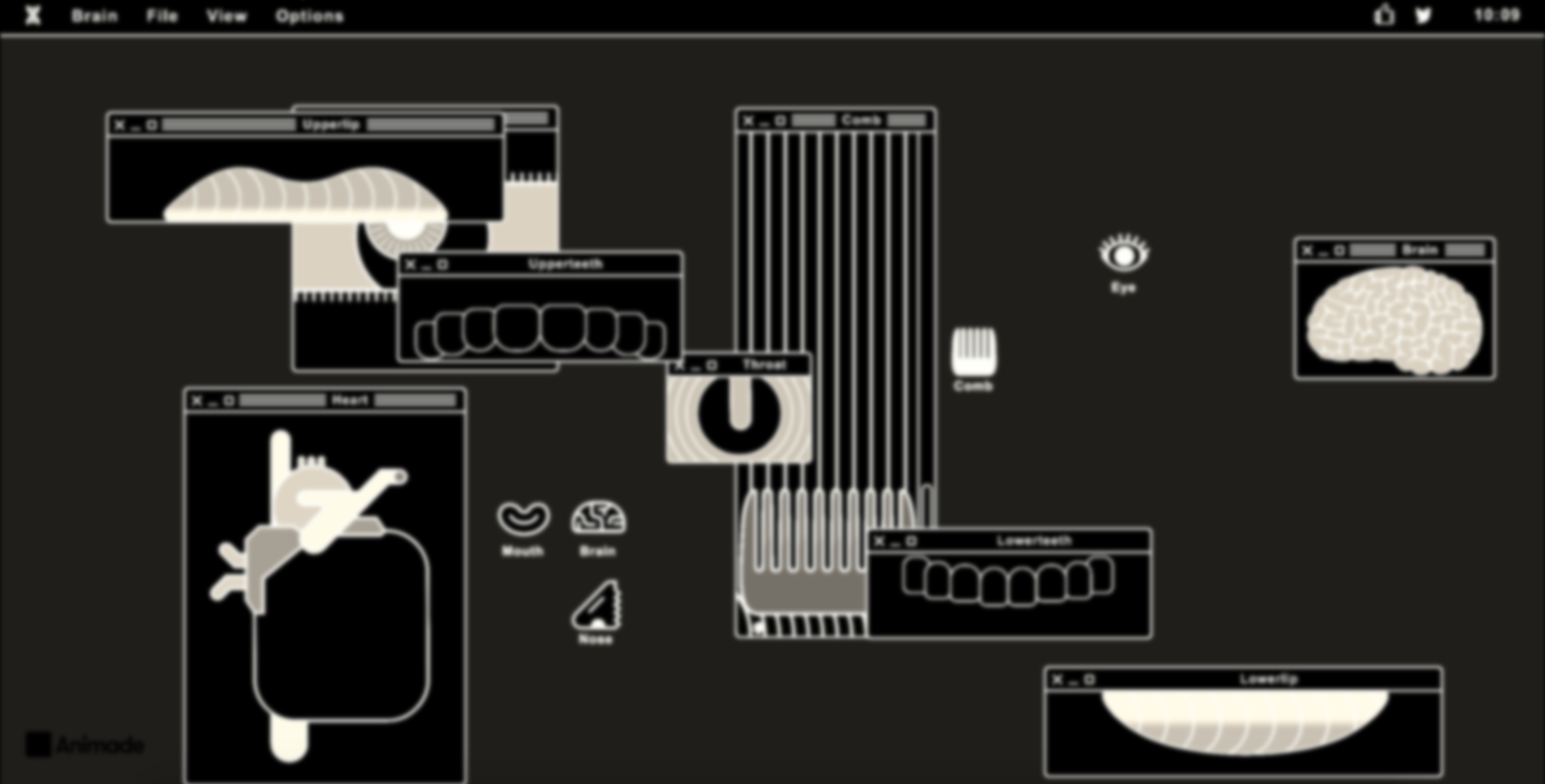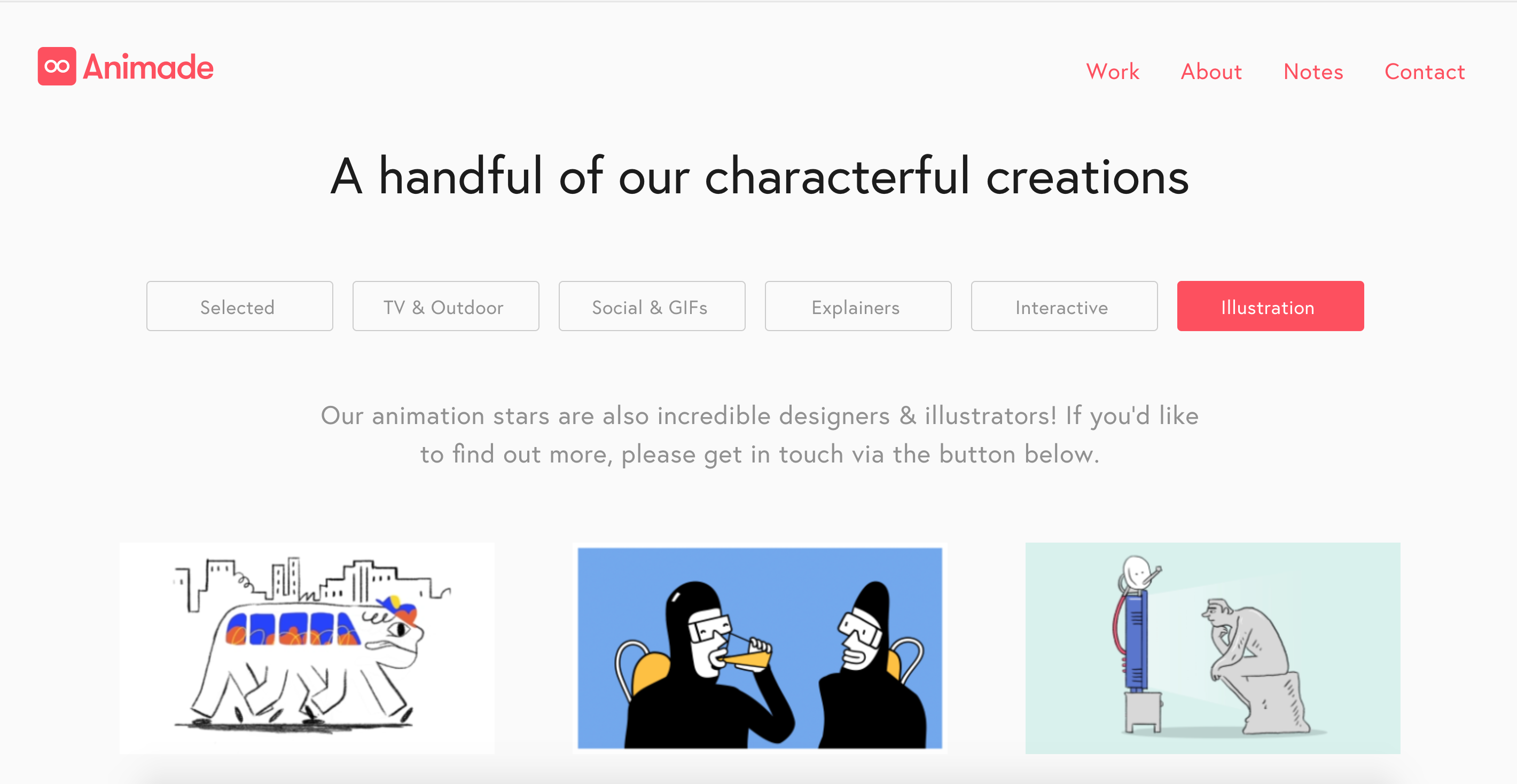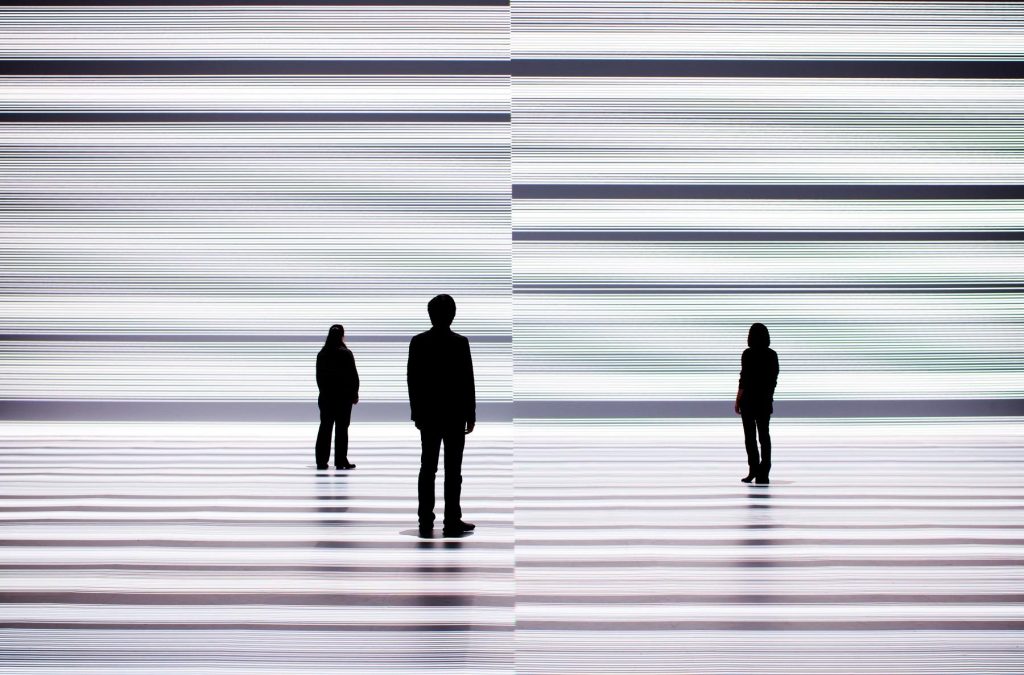http://www.notcot.org/post/62386/
https://www.bmo200.com/
I came across yoonyouk’s first Looking Outwards from Section E and discovered this installation piece that captured my eye. This is an electric “fountain” created for the Bank of Montreal’s 200th Anniversary by BMO workers and artists Jennifer Marman and Daniel Borins. The idea of a “fountain” came to be because BMO wanted to grant wishes to it’s customers through tossing a coin.
How viewers can interact with this piece is by “tossing” a coin on their mobile devices. The piece senses the devices and responds through hundreds of “flip-up” plates that alter the color of the entire structure from white to blue. Numerous animated patterns and ripples can be made on the fountain stream and on the floor.
YoonYouk finds the project enjoyable since it successfully combines art, interaction, and software all in one great piece. She also enjoys how it uses flip-up plates to alter the structure rather than using electronic screens. I can totally agree with all her points. I found this piece enjoyable because of its easy-going interaction with viewers: there is no need to do something complicated. I can also agree that the use of flip up plates makes the piece truly different. If the piece used electronic screens, I believe the magic and uniqueness of the piece would disappear.
Overall, me and yoouyouk found this piece to be truly innovative, unique, and successful.
![[OLD FALL 2017] 15-104 • Introduction to Computing for Creative Practice](https://courses.ideate.cmu.edu/15-104/f2017/wp-content/uploads/2020/08/stop-banner.png)
